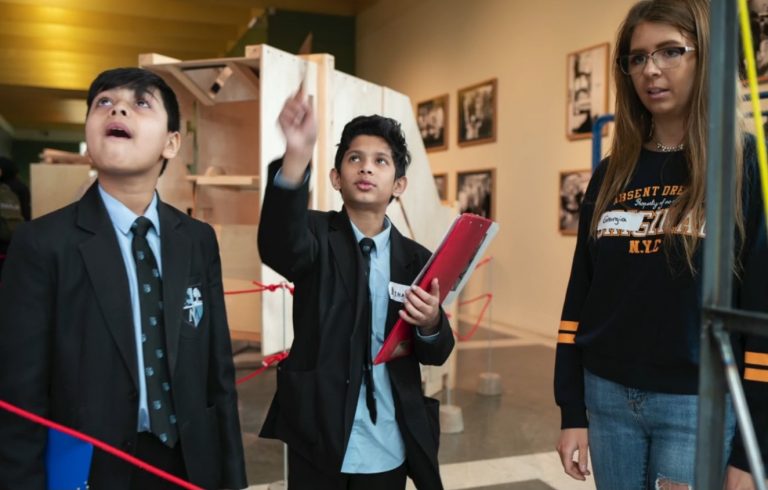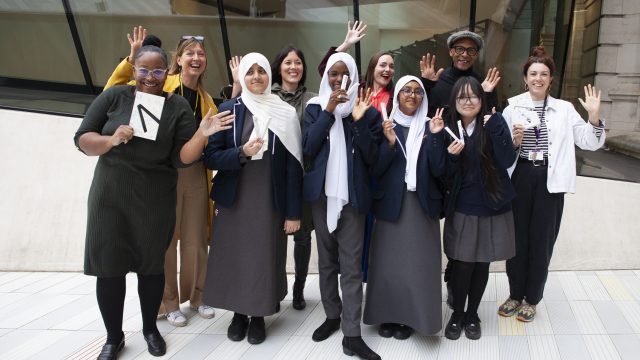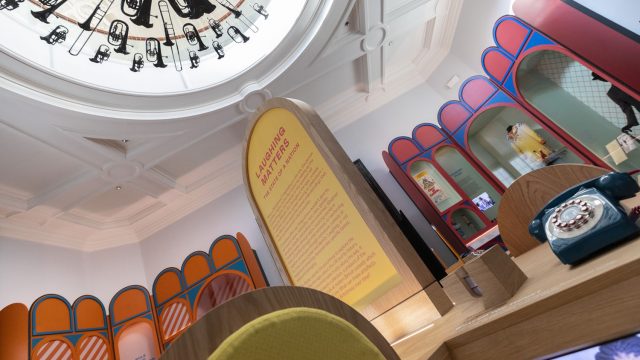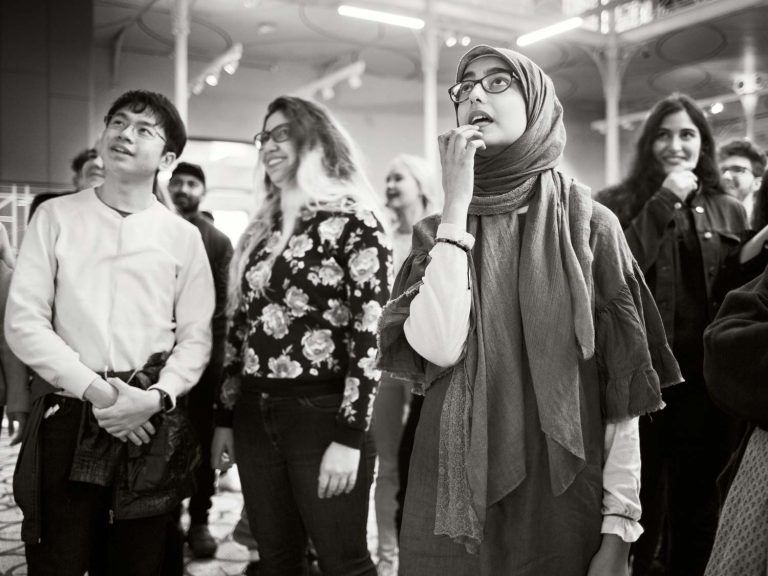
As our plans for redevelopment of the Museum of Childhood progress, architecture, buildings, and playful design have become central to our thinking. Tapping into this current interest we approached the University of East Londonu2019s Architecture Department in early 2018 with a proposal for a collaborative project: to create an exhibition of large scale, playful design interventions in the Front Room Gallery.
We worked with BSc Architecture students as part of their coursework, which also included collaborating with primary and secondary school children as part of the process. The intention was to create a project that would bring together students spanning the educational spectrum who would not ordinarily come into contact with each other, and who might benefit creatively from the relationship.
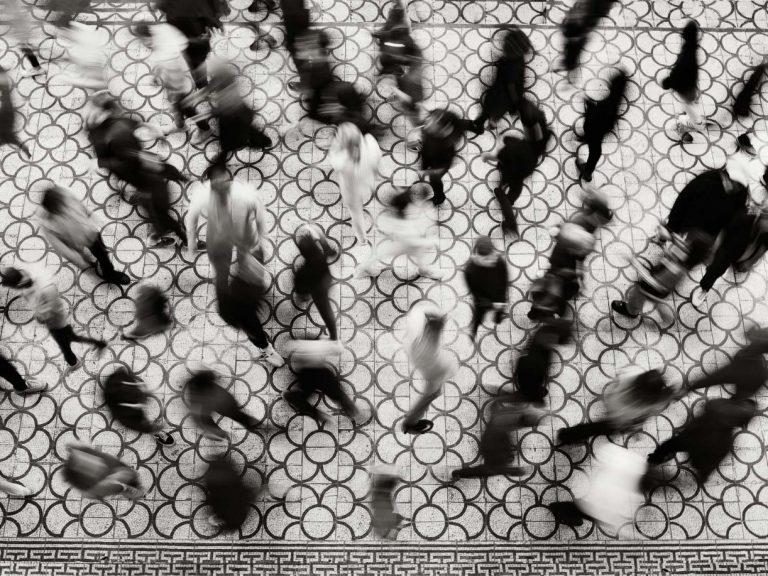
The University rose to the challenge. In October 2018 we met 70 first year BSc Architecture students who had just started their degree course. The museum would introduce them to architectural design and be the inspiration for their first practical project.
They were invited to re-think how visitors might interact with the museum space. Over several visits, the students interrogated the building inside and out, explored the spaces in between, and began to design new inventive ways of playing and learning.
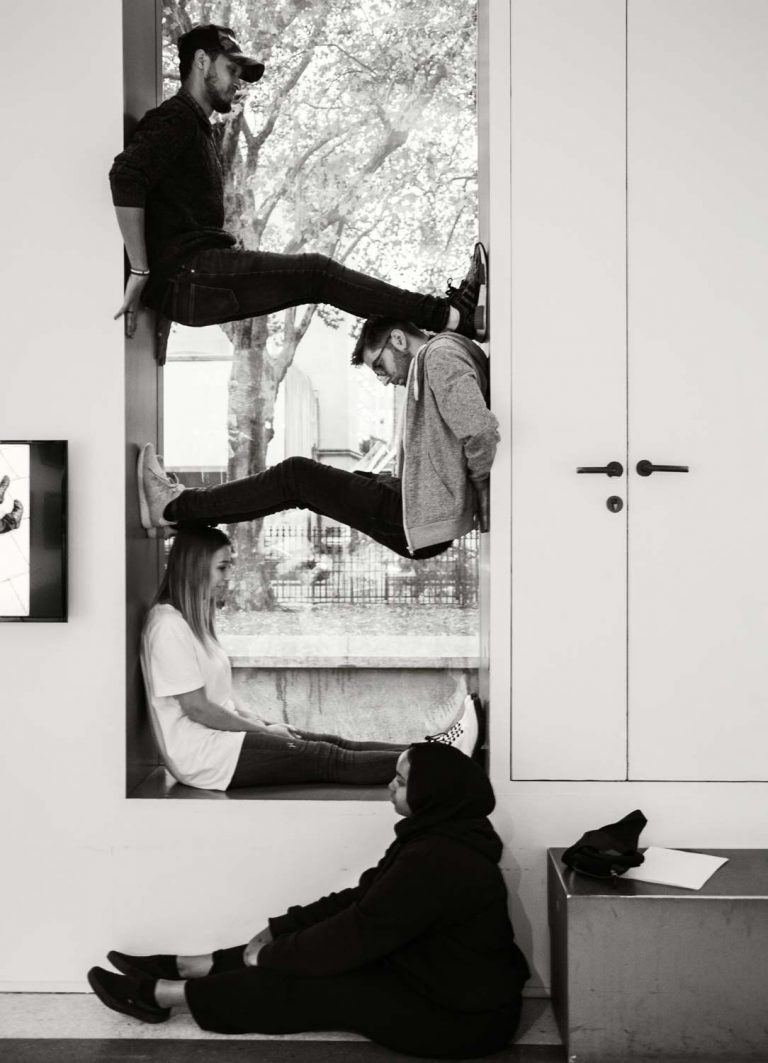
The design process kicked off with a very physical investigation of the building – a movement workshop led by performance artists Eliza Soroga and Aliki Kylika. The students were sent on a journey of exploration around the museum, using their bodies and senses as tools to develop a spatial awareness and an understanding of its potential.
They were challenged to physically interact with the fabric of the museum that they encountered and to literally u2018play with the buildingu2019. They illustrated their first design ideas with performative, physical interventions in site specific locations.
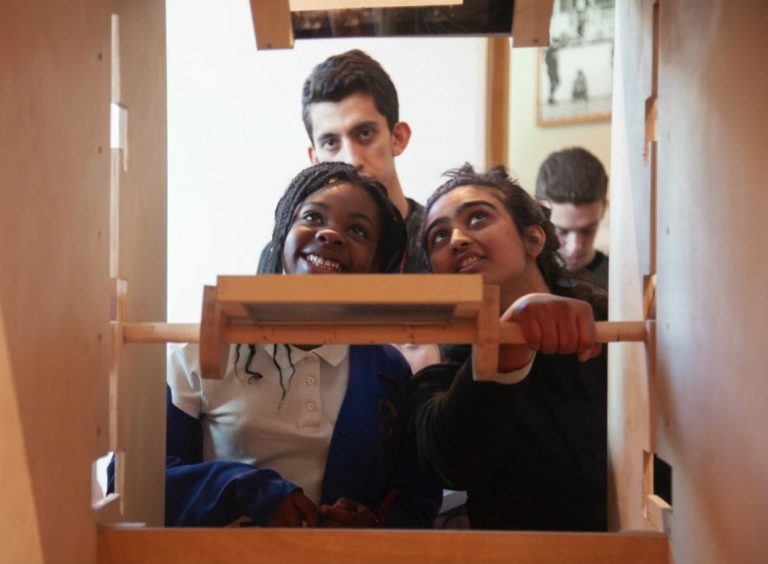
The physical illustrations subsequently informed their design concepts. Back in the studio at U.E.L the students were prolific in their output of ideas, drawings, models and design iterations. By December, they had started on their collective final 1:1 full scale design prototypes.
The prototypes were constructed from similar materials – recycled timber and metal – but they were conceptually diverse. Some referenced the history of the architecture with Heath Robinson-type sculptural musical instruments. Others considered the vantage point of a child through staircases with child-height viewing points. Others played with light, scale and projection. But what they all had in common was how they addressed a sense of playfulness in design and considered the needs of their potential young clients.
In February we installed the completed prototypes alongside accompanying sketches, designs and models. We then subjected the students to possibly the most rigorous kind of critique – by the people they were designing for. We invited local schoolchildren to come and user-test their work and suggest adaptations.
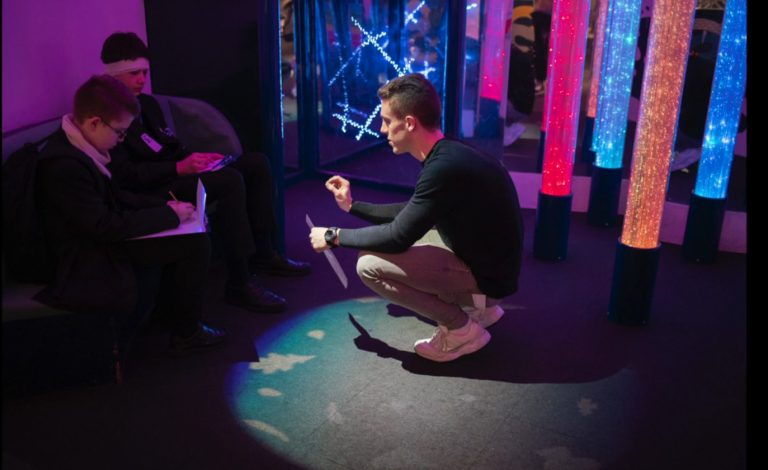
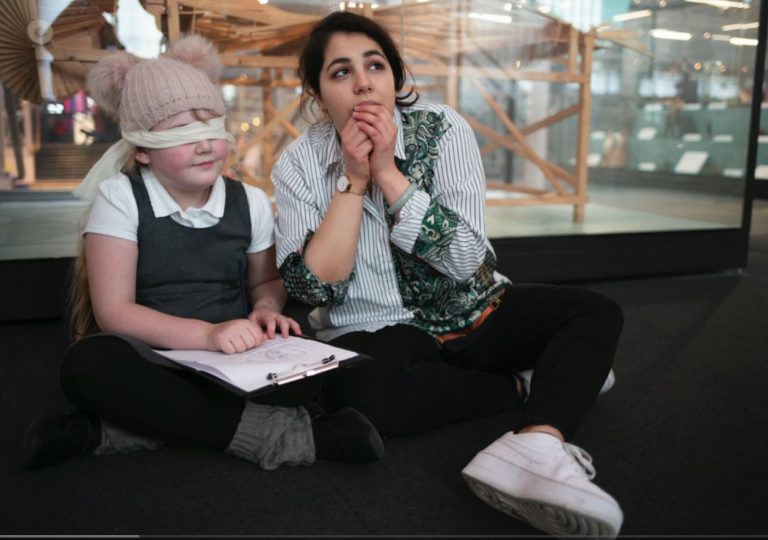
Over two days together we explored the building and introduced some playful observational drawing to 24 Year 7 pupils from Morpeth Secondary School and 30 Year 5 pupils from St Johnu2019s Primary School. The university students were somewhat apprehensive at the outset: only one term into their course, they had only just started to develop their own concepts. The ability to translate their thoughts into something that made sense to a 12-year-old did not necessarily come easily!
However, with increasing enthusiasm they shared their newfound design and model making skills with their younger colleagues and explained the thinking behind their work. The pupils were invited to critique and extend the prototypes on display and they worked one-to-one with the students to collage ideas and create further models.
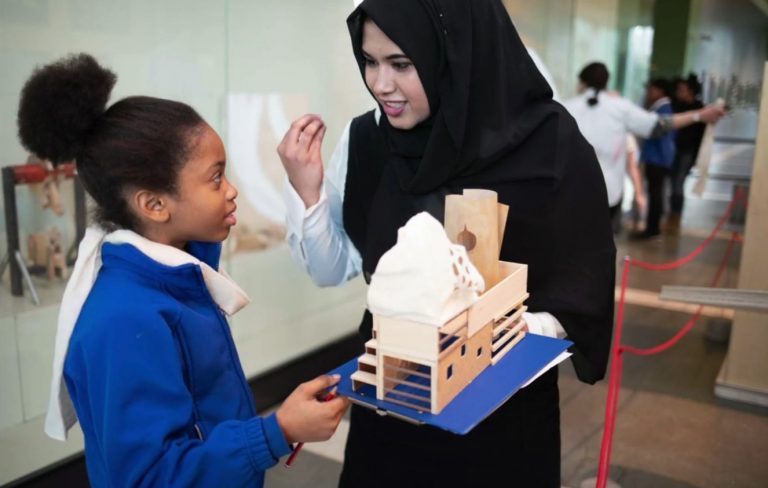
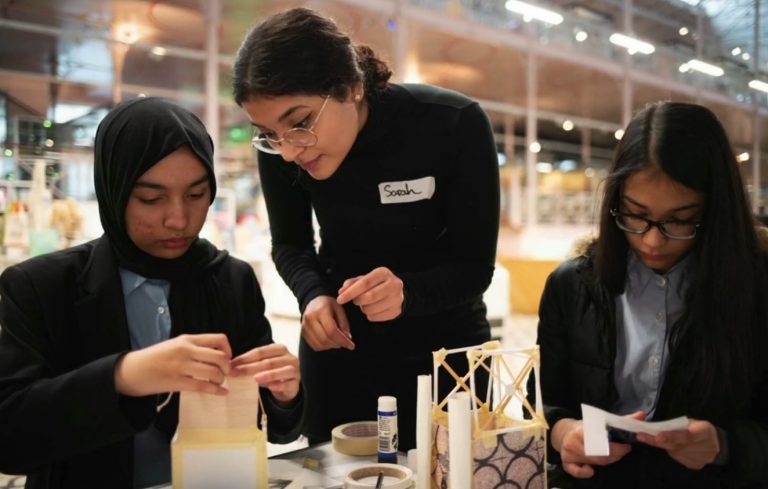
The studentsu2019 increasing ability to communicate with their young clients, understand their needs and help them to create responses to their designs became increasingly evident, as did the pupilsu2019 growing enthusiasm for u2018architectural designu2019, a concept that held little meaning for them at the outset of the workshops.
The workshops provided a fantastic opportunity for different age groups to meet and to learn from each other. The rapport that developed between them is evident in Madeleine Walleru2019s photographs that document the process.
The hope is that the exchange will have helped the students to refine their design concepts and the pupils might have had their eyes opened to the world of architecture in a very direct way by inspirational older role models.
Playing With Buildings is now open at the V&A Museum of Childhood.
